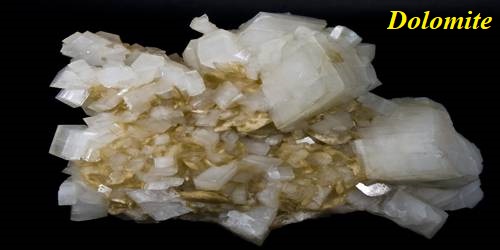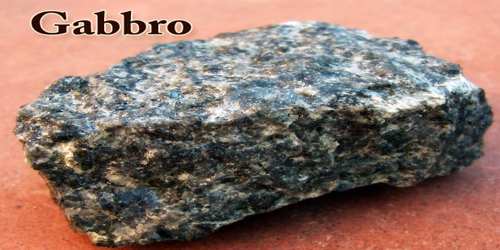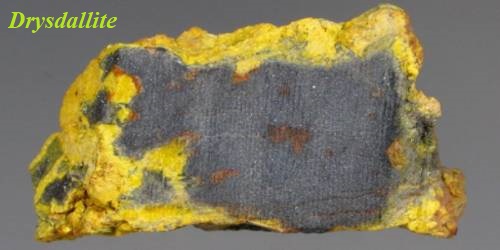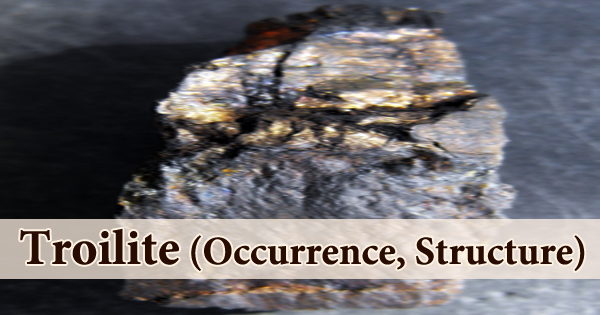Dolomite is an anhydrous carbonate mineral composed of calcium magnesium carbonate, ideally CaMg(CO3)2. It is a common rock-forming mineral. It is rarely found in modern sedimentary environments, but dolostones are very common in the rock record.
Most probably the mineral dolomite was first described by Carl Linnaeus in 1768. In 1791, it was described as a rock by the French naturalist and geologist Déodat Gratet de Dolomieu (1750–1801), first in buildings of the old city of Rome, and later as samples collected in the mountains now known as the Dolomite Alps of northern Italy.
General Information
- Category: Carbonate minerals
- Formula: CaMg(CO3)
- Crystal system: Trigonal
- Crystal class: Rhombohedral (3)
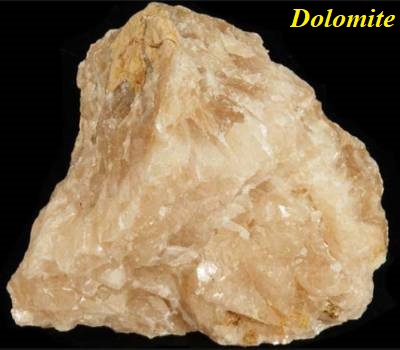
Properties
Dolomite has a Mohs hardness of 3.5 to 4 and is sometimes found in rhombohedral crystals with curved faces. It produces a very weak reaction to cold, dilute hydrochloric acid; however, if the acid is warm or if the dolomite is powdered, a much stronger acid reaction will be observed.
- Color: White, gray to pink
- Fracture: Conchoidal
- Tenacity: Brittle
- Mohs scale hardness: 3.5 to 4
- Luster: Vitreous to pearly
- Streak: White
- Specific gravity: 2.84–2.86
Occurrence
A unique, isolated Dolomite occurrence in Eugui, Spain has provided colorless transparent crystals that resemble the Iceland Spar variety of Calcite. The occurrence of Kolwezi, in the Congo, has produced some fascinating, cobalt-rich specimens that are a beautiful hot pink color and highly popular.
Uses
Dolomite is used to describe both a mineral and a rock. The mineral is the pure form of a defined crystal structure and chemical formula, whereas dolomite rock is composed chiefly of the mineral Dolomite, but also contains impurities such as Calcite, Quartz, and feldspar.
Large quantities of processed dolomite are used in the production of float glass.
Information Source:
